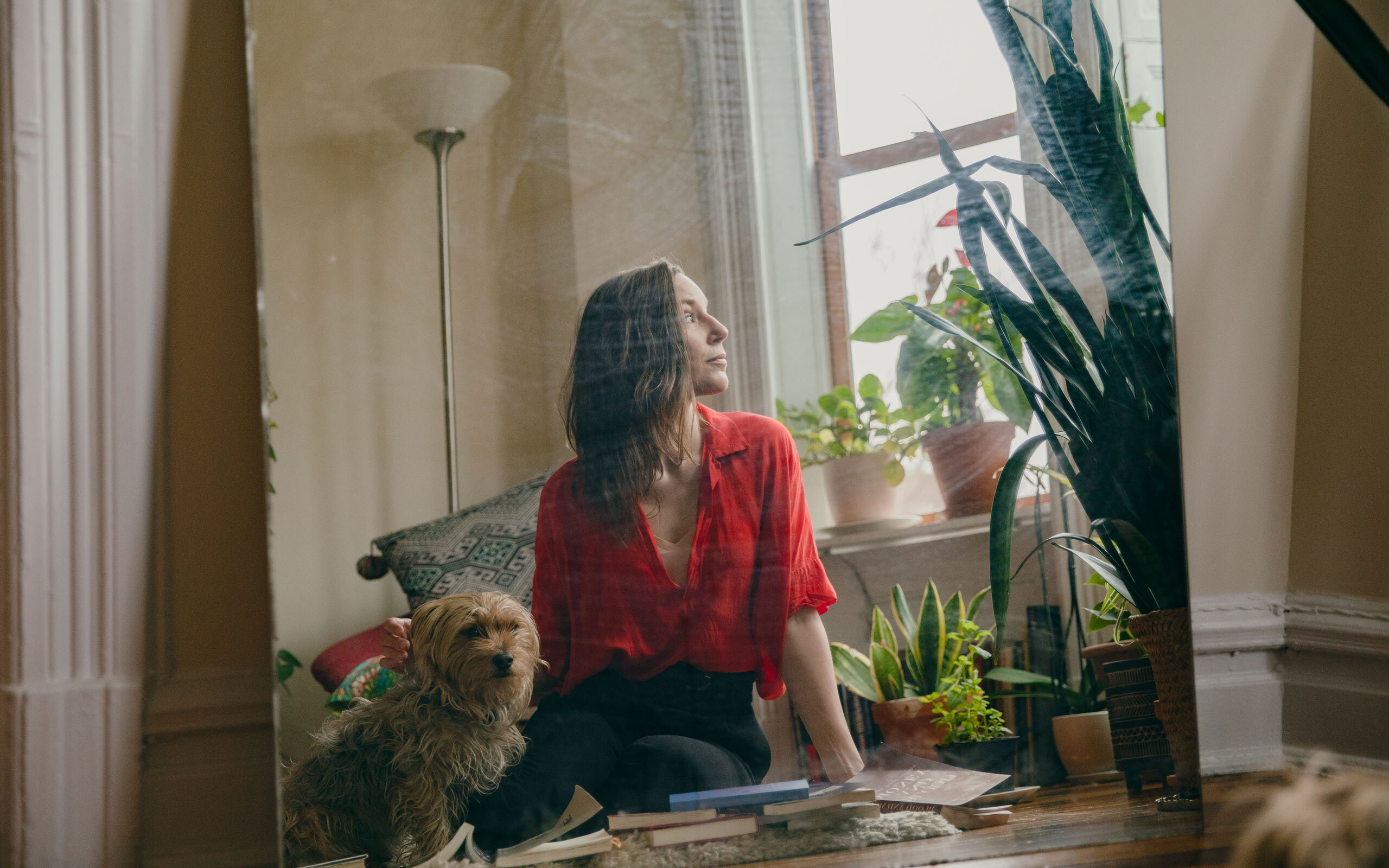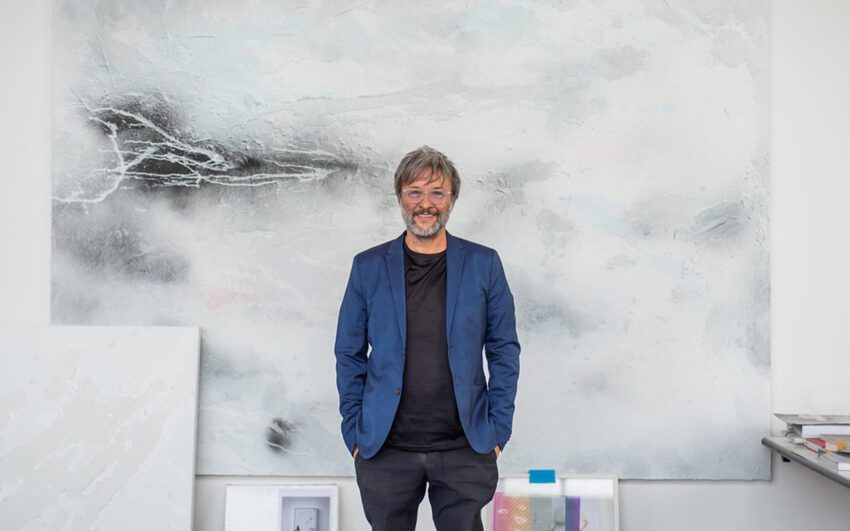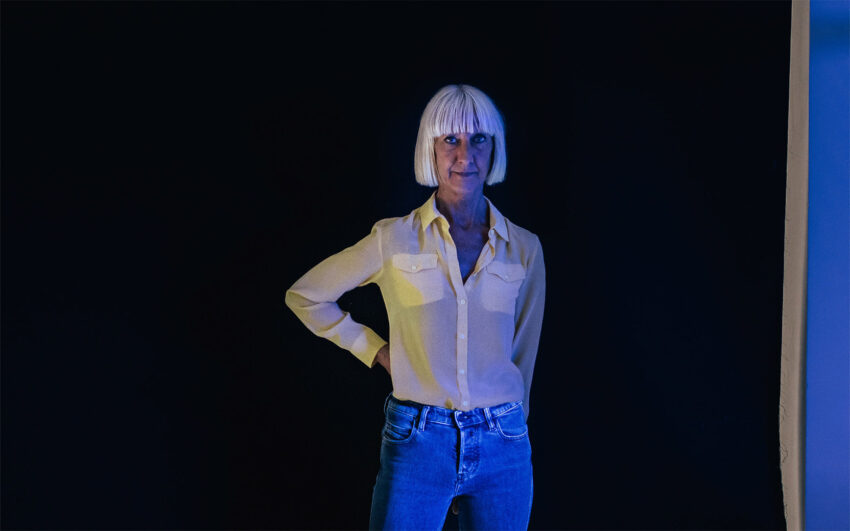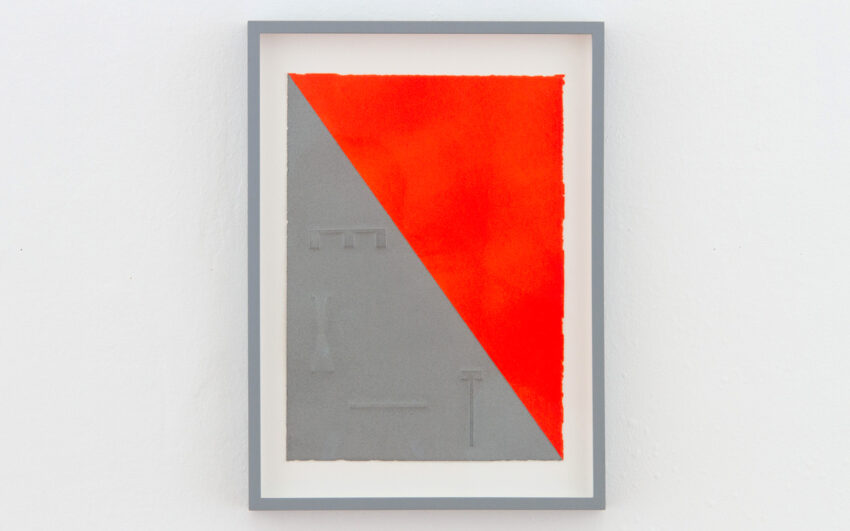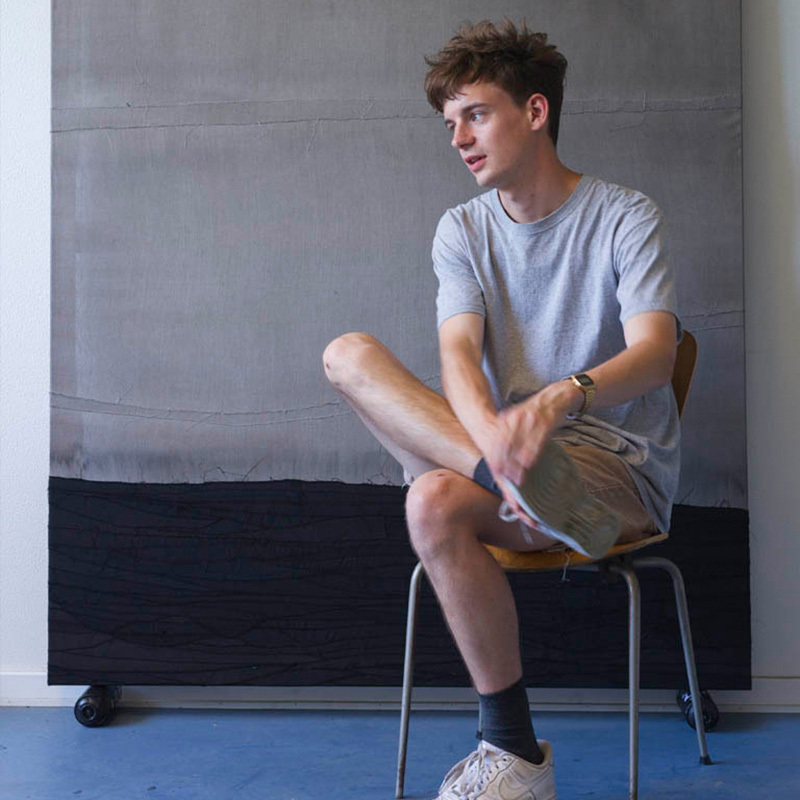The scene for contemporary art in Europe’s North is expanding and developing new dynamics as international collectors are watching the scene. With Nordic Notes we regularly cast the eye on the Nordic art and cultural scene, portraying its important actors.
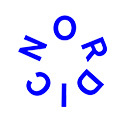
From launching a political party for the others – all beings excluded from political society today – to the critique of human exploitation of the nonhuman world, Finnish new media artist Terike Haapoja is situating her art to encompass the most difficult topics of our time. She has a message for us: not only do we have a necessity to break the human-centered world order, but also to foster better communication between each other.
Terike, your work is very holistic and you use a range of media for your political art. How do you approach choosing a specific media for a project?
I studied lighting and sound design, and then started doing stage design. So it’s kind of interdisciplinary; you have a text, actors and audiences, spaces and lights, and technology – it kind of gives you a whole palette for doing what you want. That’s where I come from, but I’ve never been experimental in the sense that it would be my primary focus to experiment with technology. Every topic or question tells me what kind of medium it needs to be handled with.
Your interest in the animal kingdom goes way back. Do you remember a time in your life that was somehow formative for your interest in animals?
I grew up in the countryside and was lonely, since I didn’t have siblings. So I spent a lot of time in nature so an intimacy with nature was a kind of foundational experience that was present from the start. At age 16, I started being politically active with environmental issues and politics, but nature didn’t come to my work early on. It took some time for me to make those connections and begin to start to explore those questions more explicitly.
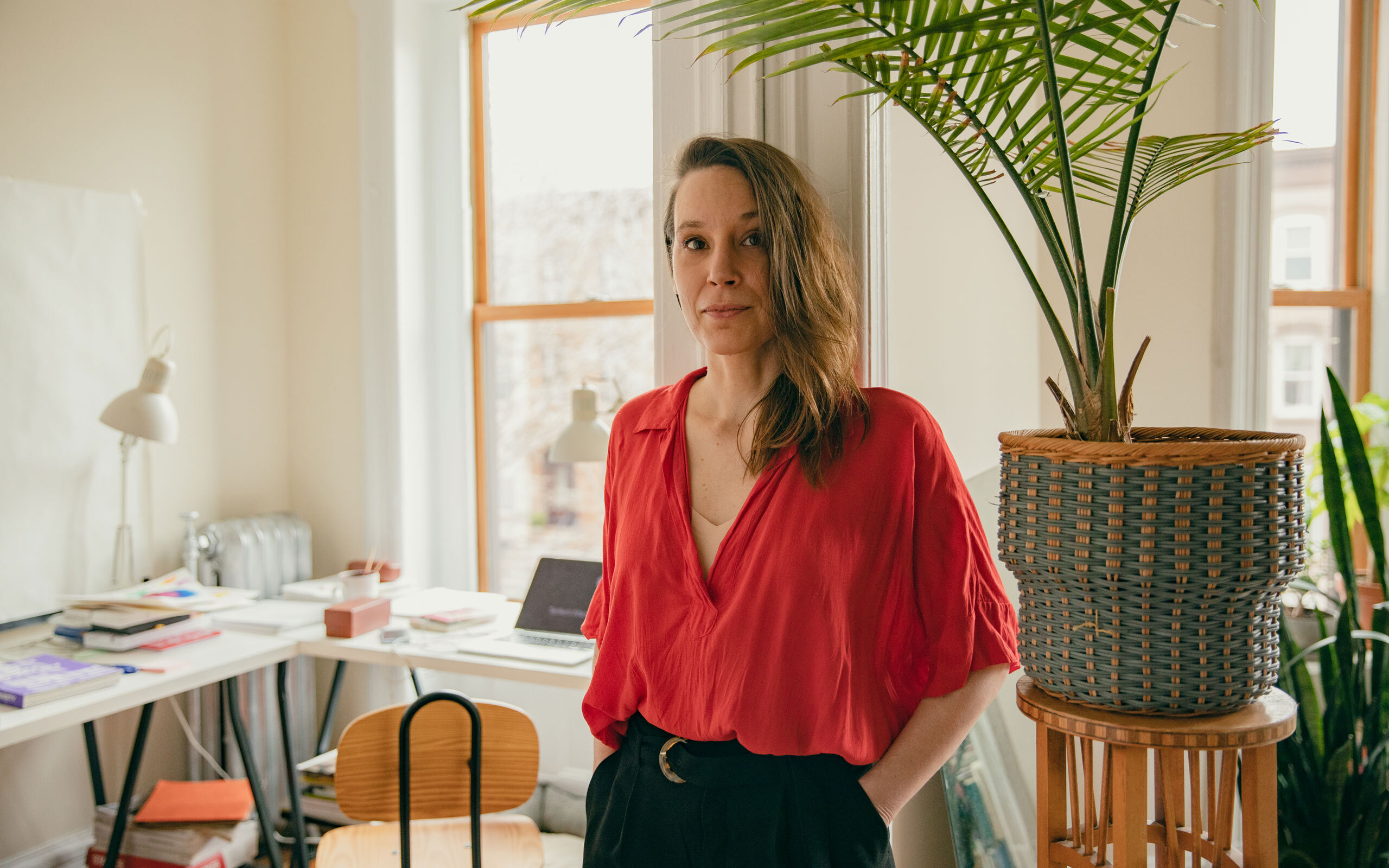
Before the Covid-19 pandemic, your exhibition Museum of Nonhumanity, done in collaboration with Finnish writer Laura Gustafsson, was touring around the world. You touch upon animal agriculture and our relationship with the non-human world and its relation to racial capitalism, moving through a period of historycovering 2,500 years.
This project looks at Western notions of humanity and nonhumanity. It looks at how this very racist notion of humanity is being utilized in Western thought, through the last 2,500 years. We go to Plato and Aristotle and start from there. But the exhibition itself is not linear; it’s organized thematically. We look at how personhood is defined in law and how central philosophers from ancient Greece to the enlightenment to modern times are basically just saying they are the normative examples of humanness and everybody else is less human. It’s really a history of dehumanization and the mechanics of dehumanization, but with the angle that we also think that nature and the nonhuman world in general and their status as disposables is justified by the repeated classification of them as nonhumans.
Consequently, one dichotomy is between us and animals and the rest of the natural world, placing ourselves at the top. What do you think is happening as a result of the technological society: online, do we view those who are not like ‘us’ as ‘other’.
I’ve been reading a lot on the origins of capitalism and racist capitalism. It is an economic system that requires dehumanization, exploitation and extra-activism on a grand scale. You can’t really talk about our relationship to the nonhuman world, or to each other, without critiquing capitalism, because it determines everything in our lives. This requires the logic of domination to be applied everywhere. One thing that I’ve been reading about is Nonviolent Communication. There are a lot of ways that have been developed that try to avoid violent, reactive ways of communicating. Nonviolent Communication by Marshall Rosenberg is an effective method. He thought of it as a world peace project. If everybody learned to communicate in a way where we would take responsibility for our own needs and not project them onto others we wouldn’t necessarily have a world ending up with the level of aggression and antagonism that we have at the present time.
Is this something you are planning to explore more?
Reading this book by Rosenberg has made me think of what a great pity it is that we don’t have communication training. In a way, those things are pretty simple. We don’t learn the essentials, but we do learn mathematics, and we acquire geographical information, but we don’t learn things that could actually reduce aggression and conflict. With the courses that I’m teaching, I can see this is something that students are struggling with, because they are active in social media that can be antagonistic and often very scary. Therefore, I’m thinking along lines of the development of tools with which we can come up with constructive ways of dealing with conflict, difference, and failure in terms of being antiracist, antisexist or whatever. We need to have ways to help each other become better in that respect, because we’re all constantly failing – as [American author and activist] adrienne maree brown says: even if we want to be free, we live in an unfree world.
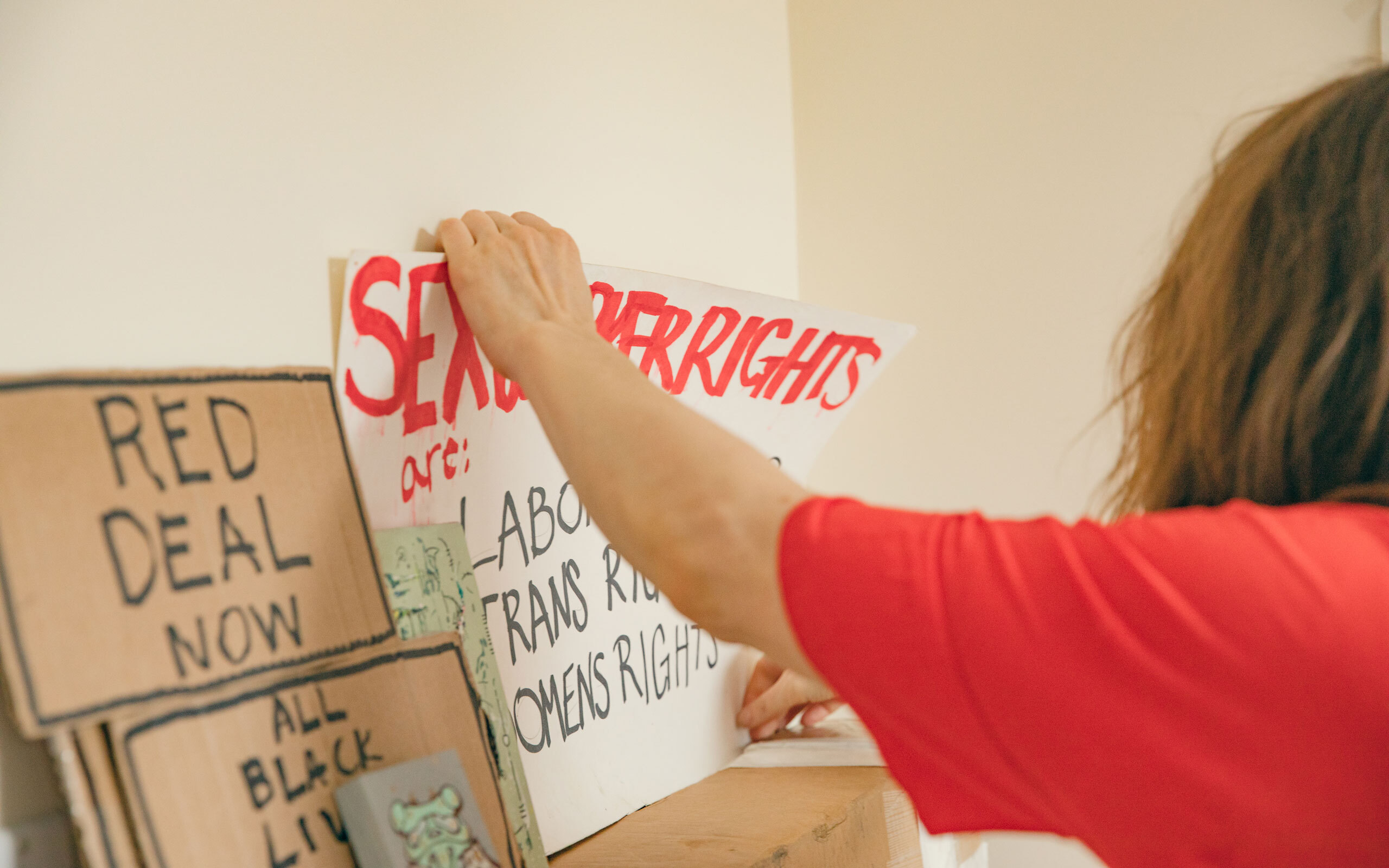
How do you view the topics in the exhibition in the context of politics right now? It is less than a decade since you and Laura Gustafsson launched The Museum of the History of Cattle and, as you say, a lot has happened during that time. How has the exhibition, now on display in Kalmar Konstmuseum in Sweden, evolved through time?
It’s pretty much the same as it was, but obviously we want to build a discourse around it by inviting speakers to make connections with the current moment. It’s the first time it’s been presented full scale, which is great, because it seems to us now, that the question of cattle and industrial animal agriculture in general has been politicized to a much greater extent than when we were addressing it in 2013 when it was still regarded as something of an anomaly; today, people are more accepting of the fact that it’s actually a serious problem.
In what ways did the pandemic open up new ways of showcasing art?
You have to build some kind of online presence for the exhibitions. For the solo exhibition that I had in Helsinki at the end of 2020, I produced a video for viewing on Vimeo. That is what me and Laura have also done with Museum of Becoming, which was shown in the Helsinki Art Museum; if you go to the museum website, you find a link so you can watch it wherever you are. We are considering making it available via other online sources too, since no one can really travel, and when people are subject to travel limitations we must find different ways of approaching artworks.
What does this entail for your practice?
The new piece, Muse – Dialogues on Love and Art, that I exhibited last year in Helsinki, emerged from thinking about what intimate relationships mean to our practice, and growing out of that heightened sense of a need to connect with others. I was thinking about fragility and vulnerability and the fear for your own safety, but also for the safety of your loved ones and how to connect with them. These kinds of things have been a change for me. One’s career is additionally one more thing that has become less and less meaningful or interesting, because, first of all, all the institutions are closed, and you don’t really know what’s happening with them. This time is compelling us in different ways to consider more deeply our ethical relationships and consideration of what’s happening in the world.
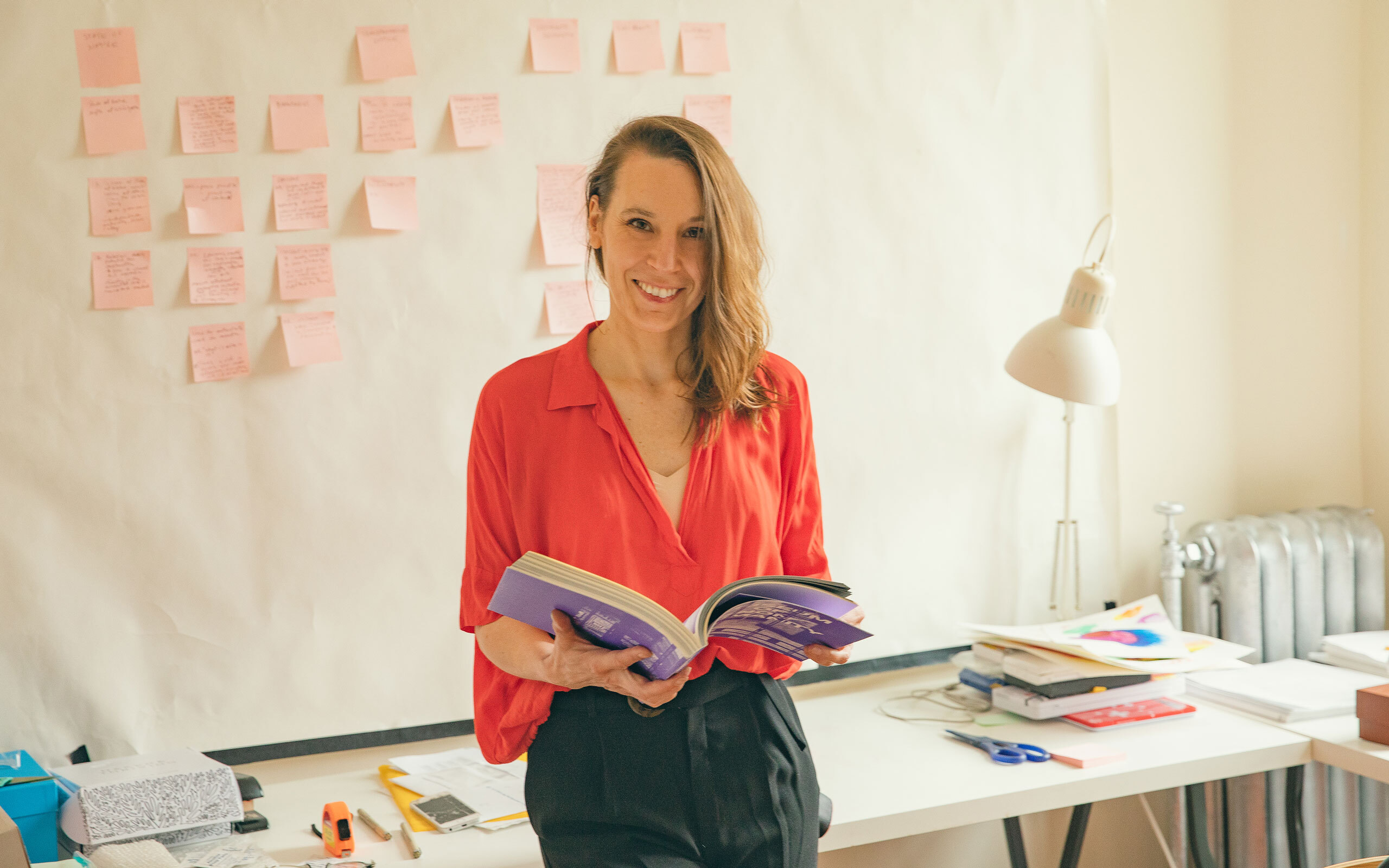
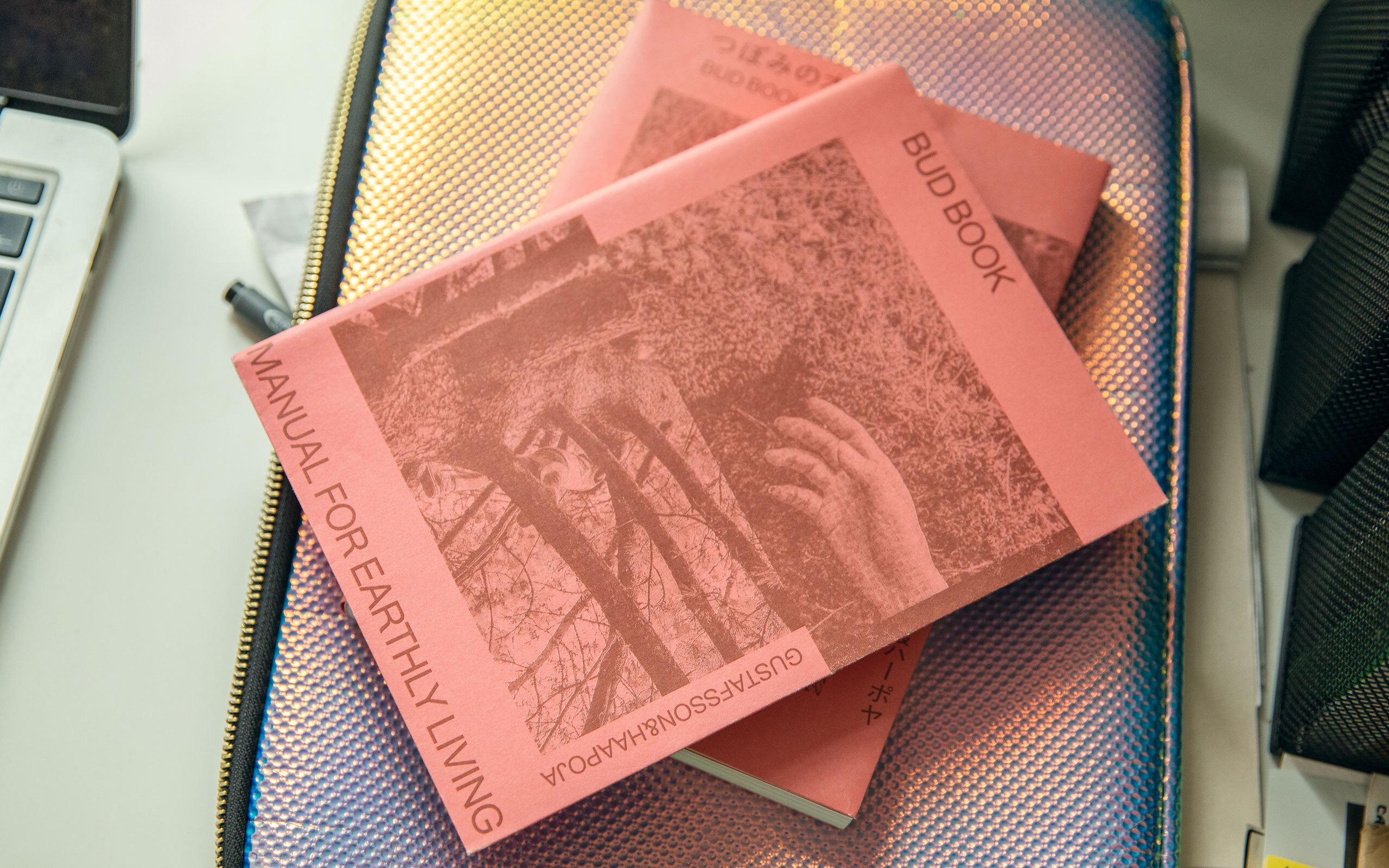
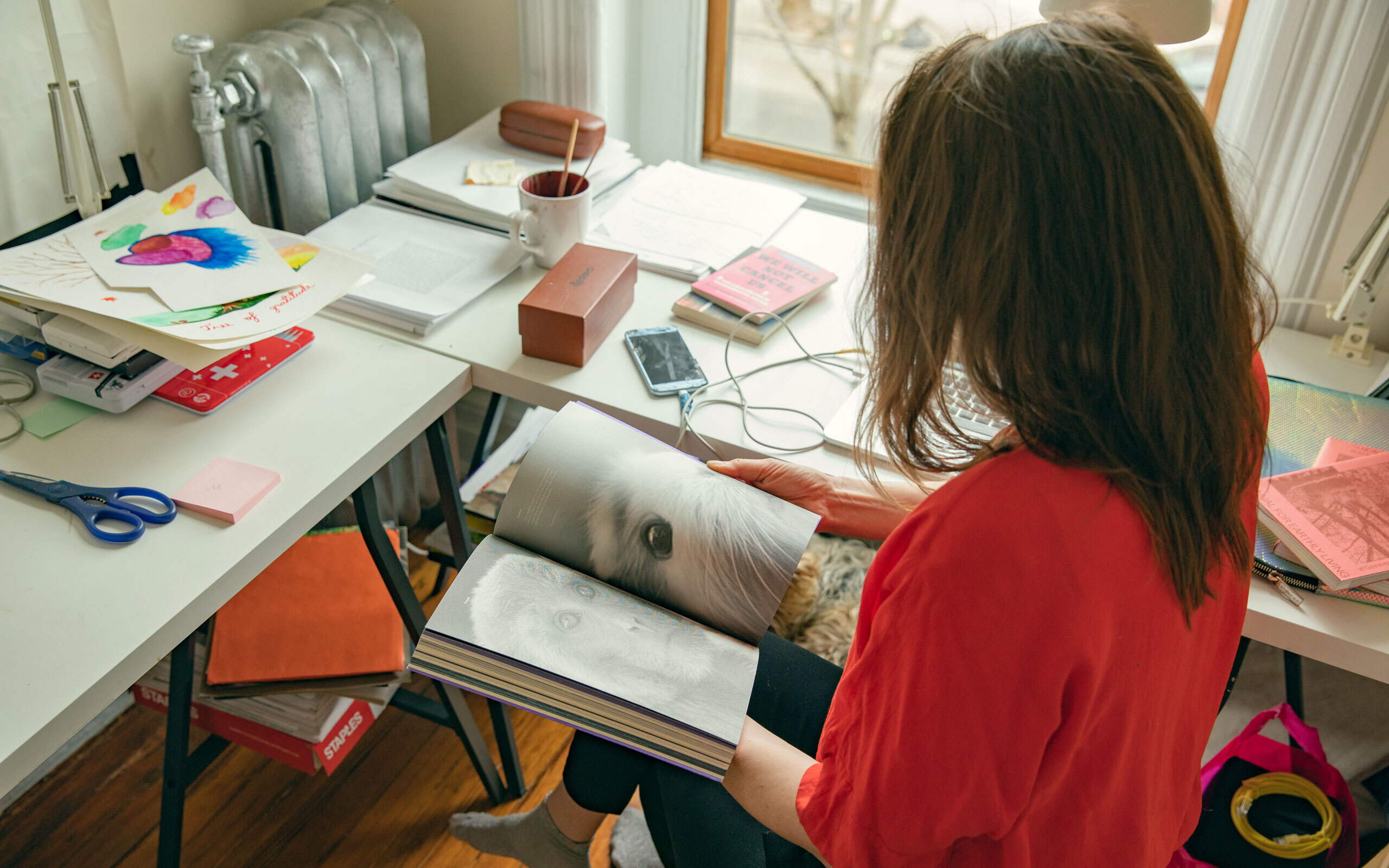
Speaking of your political views on the anthropocentric world: What is the Party of Others?
There is a place that draws a very clear division between what’s human, what’s cultural, and what’s nonhuman; that is jurisprudence. In legislation, only humans and human made constructs have legitimacy, which means that they can have full rights and they can own things. Almost everything else is then considered to be an object or property. And that includes also the nonhuman world. This division is what really regulates our relationship to the nonhuman world. Party of Others was launched in 2011 in response to the rising white nationalism, when the party True Finns had a victory in the parliamentary elections in Finland. The Party of Others is a proposal for a political party that would be all-inclusive and not exclude anybody on any basis. This means including the nonhuman creatures. This project is based on interviews with people who are prominent in speaking on behalf of the nonhuman world, and the exhibition features these interviews, the political discourse and a campaign for how to register this party.
Where is this discourse going at the moment, perhaps acknowledging the nonhumans’ existence in a new way?
There are two movements happening at the same time, with different responses to the same question: who is the ‘we’ in ‘we the people’? In the West especially the ‘we’ has been built to represent the small minority, which is the European, heterosexual, patriarchal, white, male, privileged, normative human being. There is a defense reaction by the core group of this, which is the rise of white nationalism. The other movement wants to say how so many people have been left out of this circle of rights. They demand that we need to expand it and see who has been excluded. The question of the rights of nature is connected to this approach.
What writings and artworks of yours would you recommend to me as a beginner’s course into anthropocentrism, as in the notion of human as a superior being?
I wrote a text in the publication we launched as part of Museum of Becoming entitled Bud Book – Manual for Earthly Living. It’s an essay about the concept of the Anthropocene Epoch and the criticism of the concept. I also write about art and my thoughts on art making in this respect. Maybe that would be a place to start? I think the Museum of Nonhumanity is central to how we’ve approached this particular question.
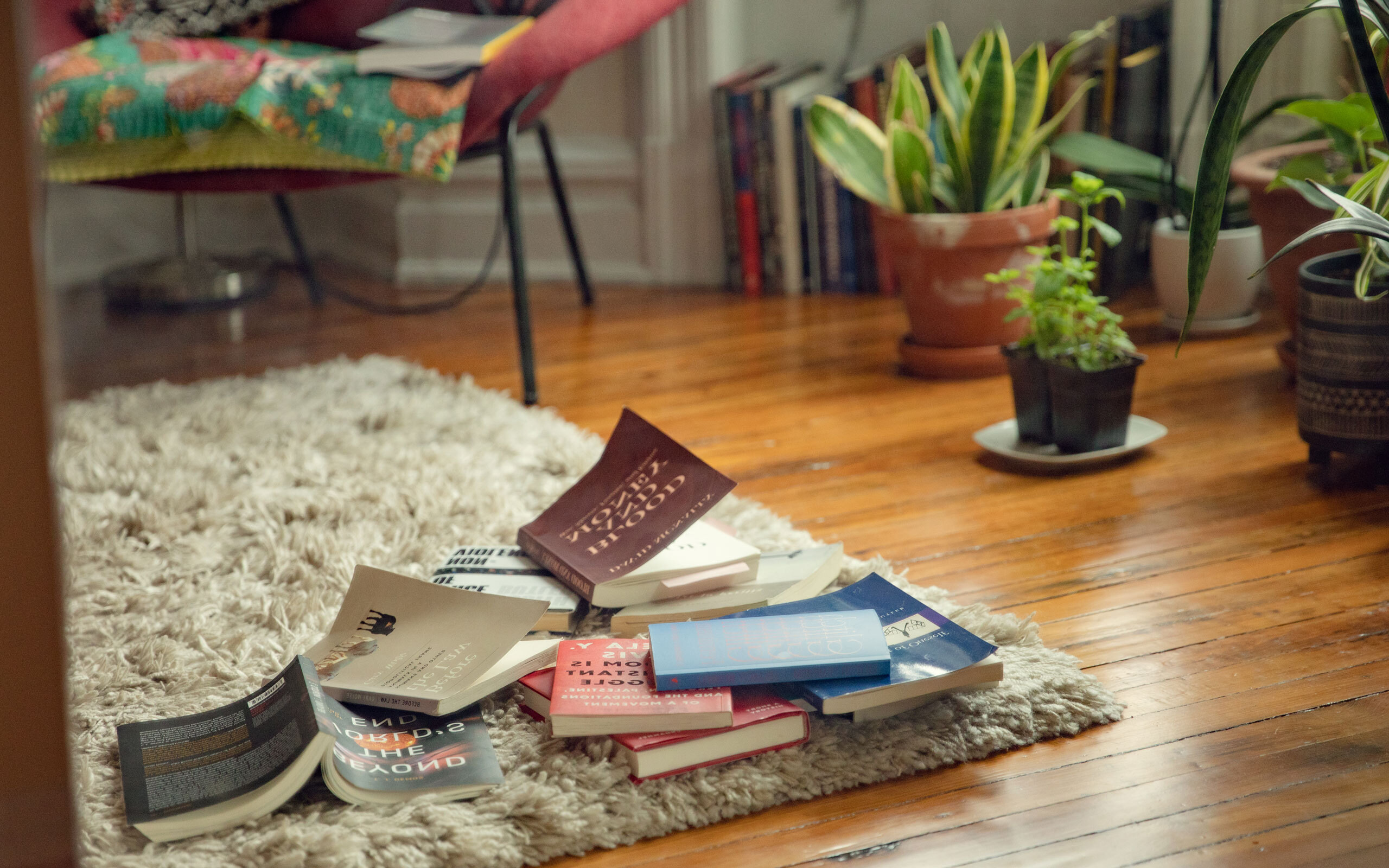
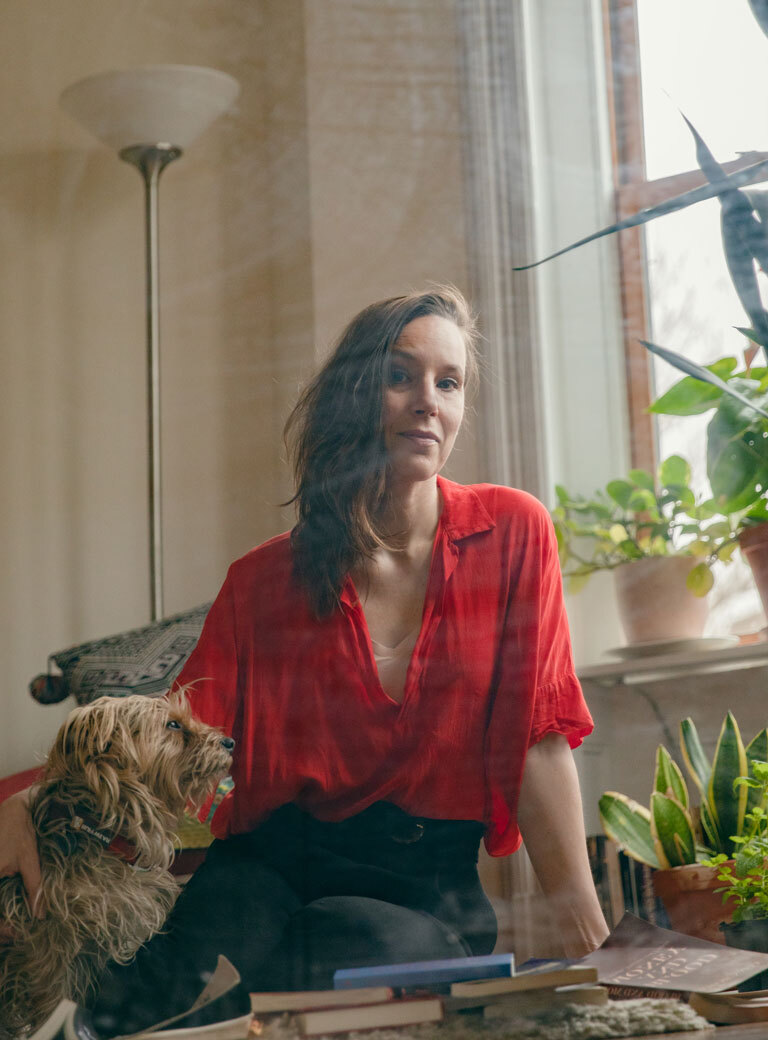
You have written that art is a radical force that is observing society from outside of societal constructs. Can you reflect on that?
My thoughts on that change all the time. I guess I don’t view artists being outside of it, though we do tend to think that art should not be bound to norms, but instead explore and make them visible. Art has a special status, legislation gives it some leeway. We can do things in art that we couldn’t necessarily do otherwise.
What is happening to normativity in art at the moment?
There are calls for art to be conscious of the implicit racist and sexist structures that exist in this field. There are also debates in Finland about what should be taught in art school, and what canons should be under consideration for inclusion in the curriculum. The opposition says art ought to be free to explore norms without being normative. I think these calls for equity and change of perspective are completely valid and even necessary. This indicates that there’s a change in how we understand the role of art in relationship to the community. If we were to have a strong sense of community in which art would be more about reinforcing the social wellbeing of the community, and less about criticism, its relationship to normativity, would be quite different. I don’t believe in the professionalization of art. I don’t think art as a profession makes any sense. Whether it’s music, dancing, or knitting that is under discussion, it’s possible for everyone to have a relationship to it.
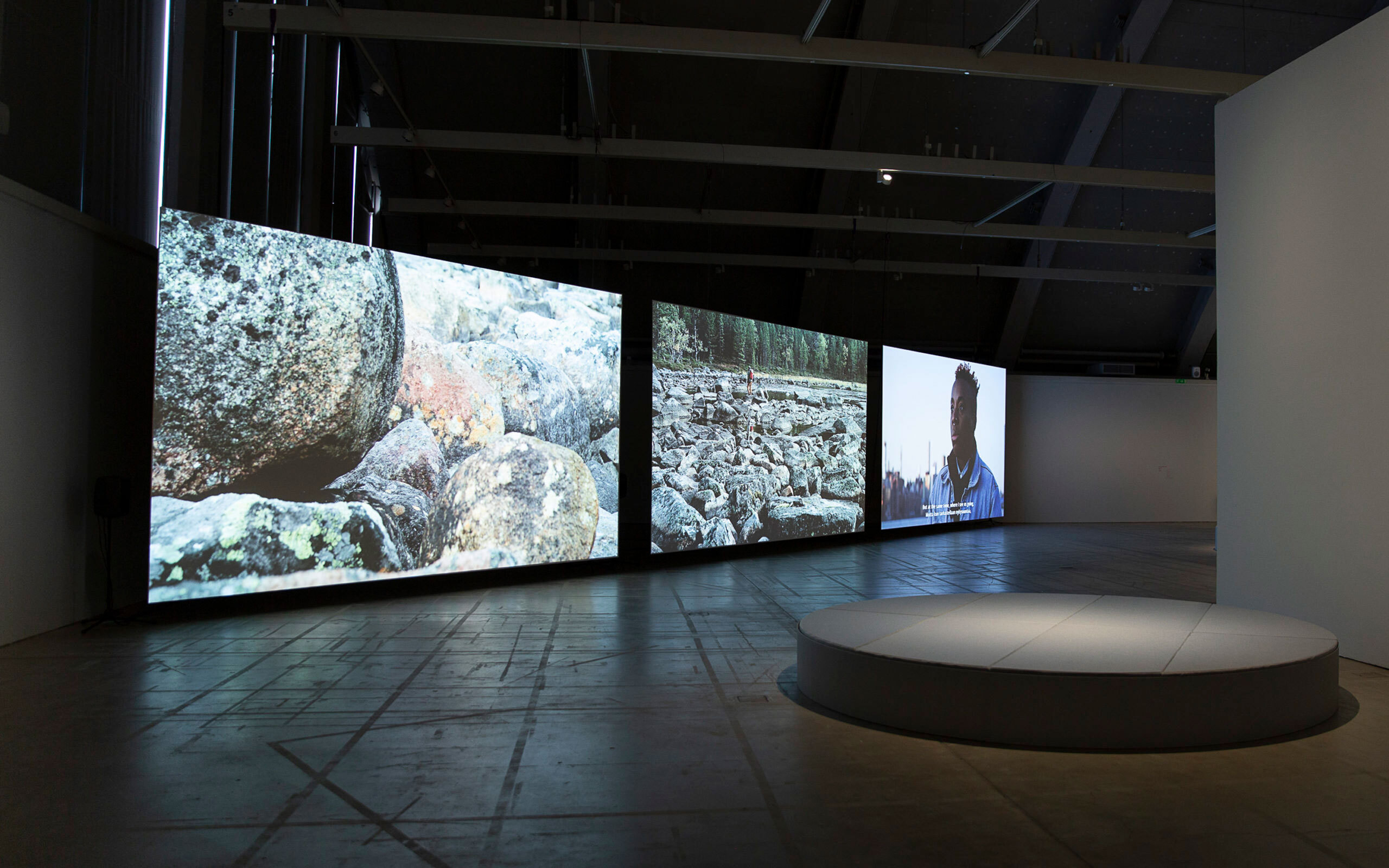
Gustafsson & Haapoja: Becoming (2020), Installation view, Photo: Sonja Hyytiäinen
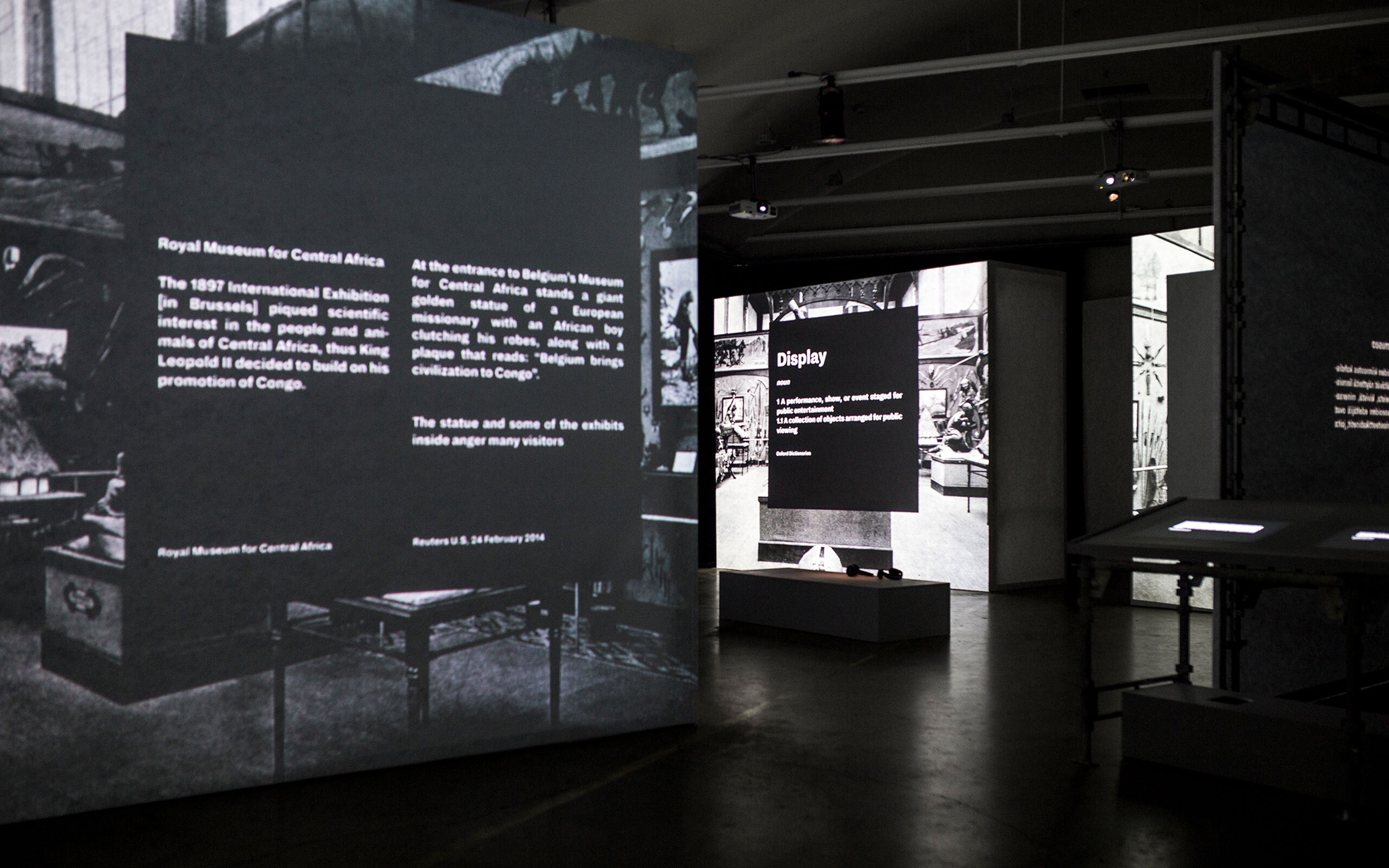
Gustafsson & Haapoja: Museum of Nonhumanity (2016), Installation view, Photo: Terike Haapoja
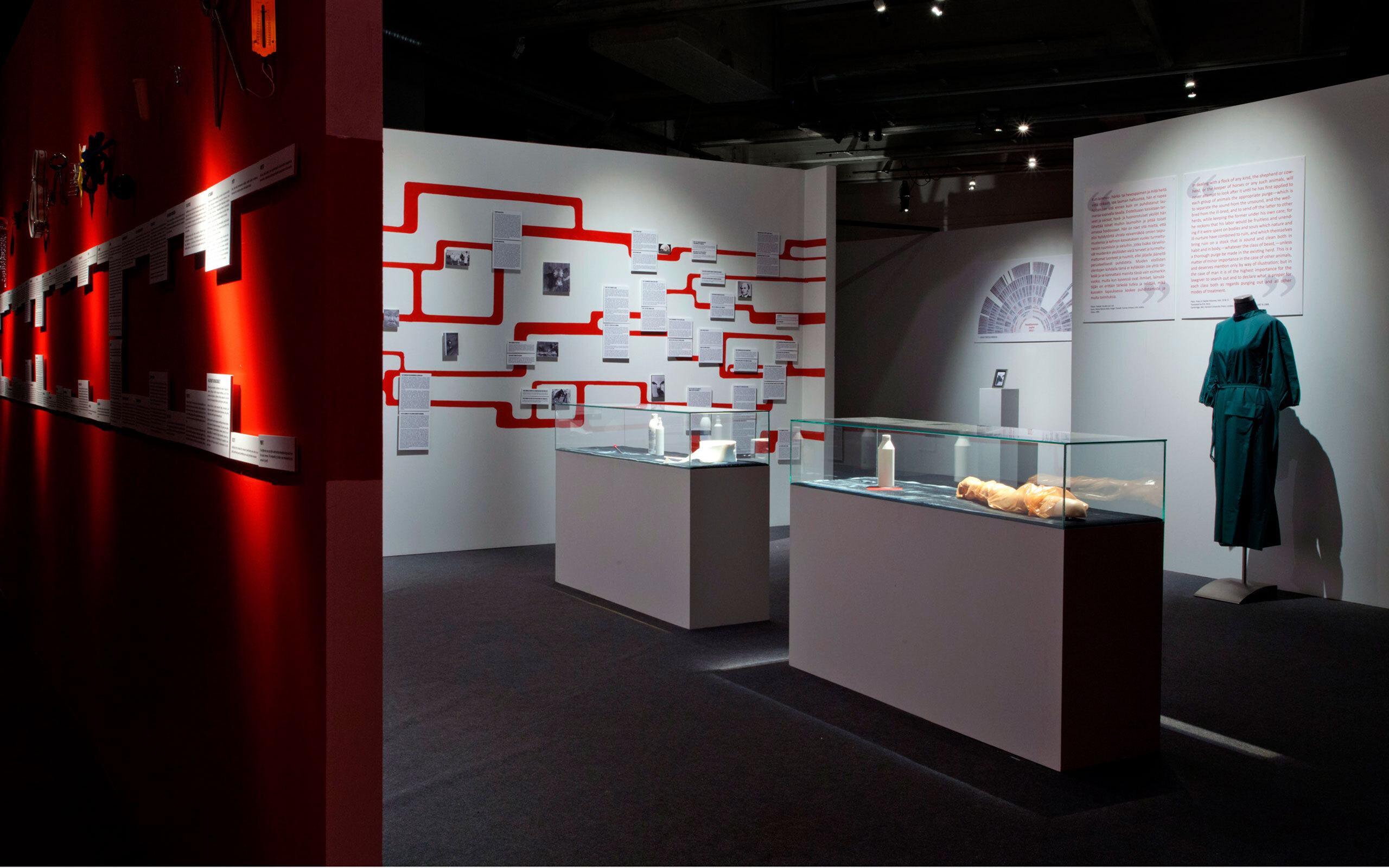
Gustafsson & Haapoja: Museum of the History of Cattle (2013), Installation view, Photo: Terike Haapoja
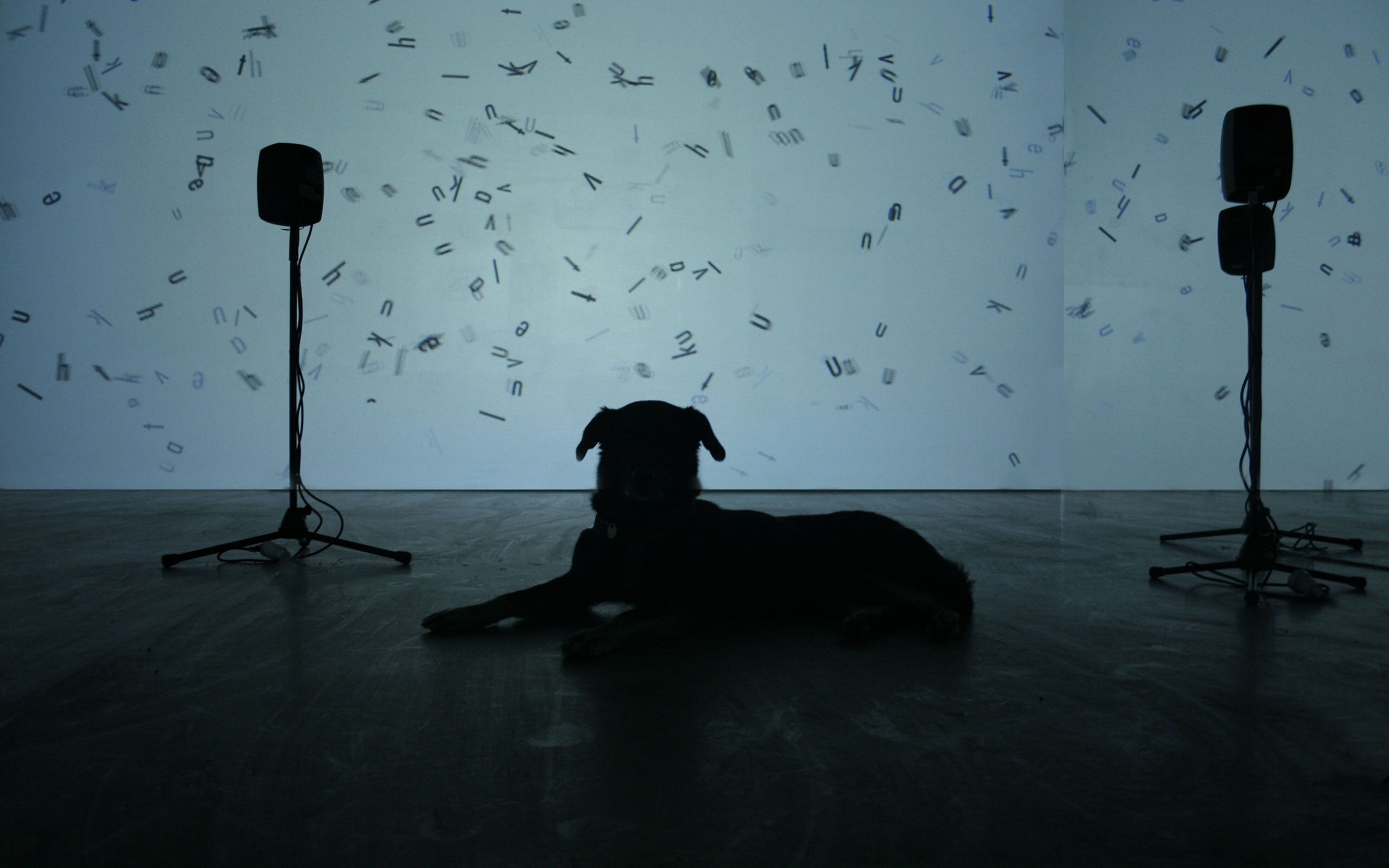
Terike Haapoja: The Party of Others (2011), Installation view, Photo: Terike Haapoja
Interview: Rasmus Kyllönen
Photos: Katharina Poblotzki


